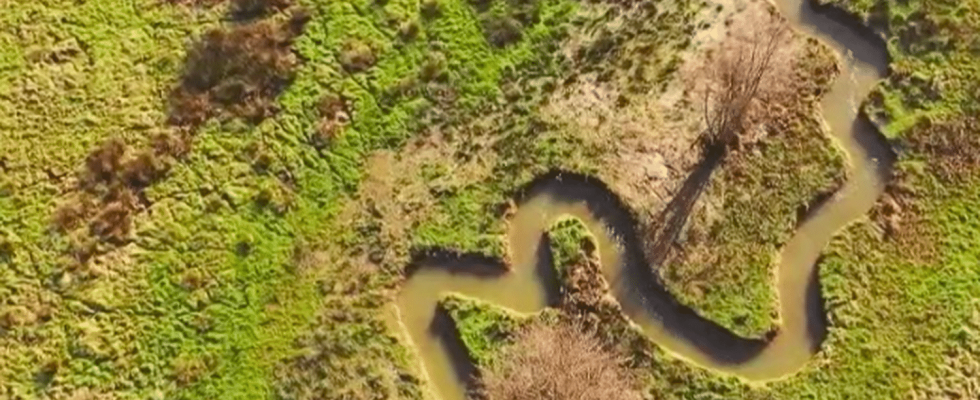Published
Video length: 4 min
Environment: from Gard to Cher, when the rivers return to their natural course
Floods are sometimes linked to the modification of the course of rivers by man. Today, several municipalities are going back in order to limit disasters.
(France 2)
Floods are sometimes linked to the modification of the course of rivers by man. Today, several municipalities are going back in order to limit disasters.
In Alès (Gard), certain houses built in the 1980s are being destroyed. On several occasions, houses in the Moulinet district have been flooded, notably in 2002, a year of exceptional flooding. Virginie Lance’s house was bought by the State and the city at market price, like 25 other houses located in the same subdivision. It is built where the Gardon and the Grabieux meet, a stream which transforms into a torrent during Cévennes episodes.
Return rivers to their natural place
According to studies, even work costing several tens of millions of euros on these rivers would not be enough to guarantee the safety of the most exposed residents in the event of exceptional floods. In place of the destroyed houses, greenery. Retreating from flooding is sometimes the last solution, when the banks of rivers are highly urbanized.
Some municipalities are trying to return rivers to their natural place. Saint-Martin-d’Auxigny (Cher), 2,000 inhabitants, has experienced several floods. To avoid further disasters, the municipality has undertaken several projects. Water flows freely where a dairy was once built astride the river. Under the building, a tunnel which acted as a bottleneck in the event of flooding was dismantled. The river has been moved over the centuries, widened and made linear. Work has restored it to its original shape, with narrower meanders. It thus overflows more easily into a field before arriving in the village, and its curves slow down the speed of the water.
